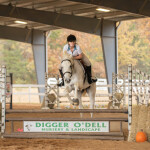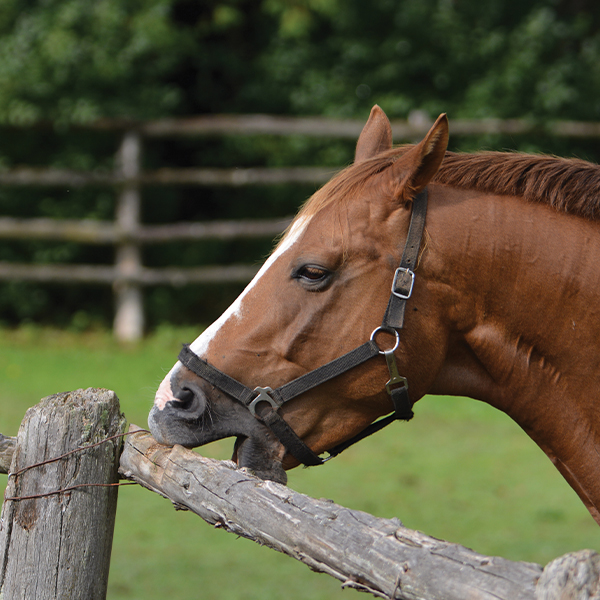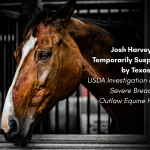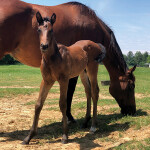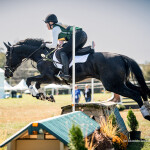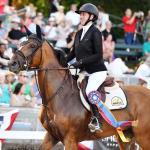Every barn has one: the horse that cribs.
Cribbing is an unfortunate and common stereotypical behavior that horses can develop. A cribbing horse can cause significant damage to fences, stalls, buckets, feeders, and other property. Additionally, cribbing can lead to multiple health issues, boarding refusals at some facilities, and a decrease in the horse’s monetary value. Although there is no foolproof prevention or cure for cribbing, owners can take management steps to reduce its occurrence.
Understanding Cribbing: What It Is and Why It Happens
Cribbing is a stereotypical behavior in horses, meaning it lacks a clear goal or function. When a horse engages in cribbing, it grasps a fixed object with its incisors (front teeth), contracts its neck muscles, and pulls back, producing the distinctive “cribbing” grunt. This action triggers the release of dopamine in the brain, a hormone that helps the horse manage stress. Dopamine, often referred to as the “pleasure” or “happy” chemical, plays a significant role in the brain’s reward system. Essentially, the horse experiences a sense of euphoria, similar to getting “high.”
Causes of Cribbing
Cribbing is often seen as a horse’s mechanism for coping with stress or a lack of stimulation, similar to how humans fidget with rings, pencils, or bounce their legs. The primary reasons for the development of cribbing include:
- Inability to escape a fearful or stressful situation (chronic stress).
- Boredom from being stalled without stimulation (lack of forage, stimulation toys, or opportunities for exercise) or simply out of habit.
Other potential factors that may contribute to cribbing include the horse’s breed, genetics, sex, diet (particularly high concentrate feeds), and trauma associated with weaning. However, these factors remain inconclusive as definitive causes.
Some owners believe that horses may learn to crib by observing or interacting with other cribbing horses. Nevertheless, there is no scientific evidence to support this claim.
Consequences of Cribbing
Beyond property damage and financial loss, cribbing in horses can lead to severe internal and external health issues. Horses that engage in cribbing often experience weight loss, abnormal neck musculature, and excessive tooth wear. They are also at an increased risk for colic, gastric ulcers, and temporohyoid osteoarthritis (a middle ear disease). These conditions can result in higher costs for care, including NSAIDs to alleviate discomfort, additional grain and hay to help the horse regain weight, and extensive dental treatments.
Cribbing Management
Once a horse becomes an established cribber, it is challenging to halt the behavior because it becomes deeply ingrained and can persist even after the primary cause has been resolved.
The most common method to physically prevent cribbing is through the use of a cribbing collar. This collar, typically made of steel, fits under the horse’s neck, making it uncomfortable for the horse to flex and crib. Ensure the collar fits properly to minimize tissue damage and to prevent the horse from slipping out of it. However, the collar is only effective when worn by the horse.
Other management strategies include removing horizontal surfaces that horses can crib on, such as feed buckets hung on a fence line, using electric wire fencing, or applying unpleasant tasting substances like Irish soap or Vaseline mixed with chili powder. Nonetheless, applying these substances requires additional time and effort, as they need to be reapplied daily or every other day.
Feeding management is another effective way to reduce cribbing. Horses with access to more forage, either through ad libitum access to hay in a stall or dry lot, or with increased turnout time, are less likely to crib as they will be more occupied with foraging. Turnout also provides more opportunities for socialization and enrichment, reducing stress levels. If your horse must be stalled for health reasons, provide enrichment toys (either purchased or homemade) or use hay nets to prolong feeding time.
Conclusions on Cribbing
Cribbing is a prevalent and stereotypical equine behavior that can be incredibly frustrating to manage. While it may not be possible to completely eliminate cribbing, effective management strategies can significantly reduce the inclination to crib. Consistent vigilance and appropriate measures by owners are essential to keeping this behavior in check.
Should you have any further questions about cribbing, feel free to contact your county’s Extension office. The UT-TSU Shelby County Extension office is available at 901-752-1207 during normal business hours, Monday through Friday from 8 AM to 4:30 PM CST.

